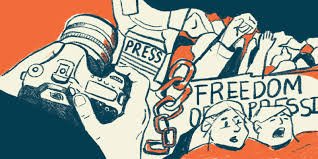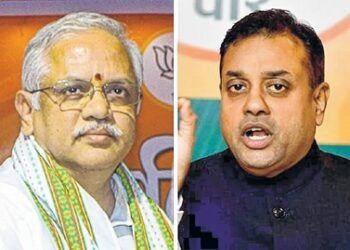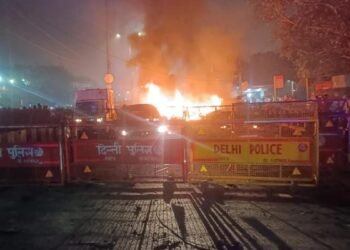The Supreme Court ruled that the Delhi High Court’s blanket order against ANI-related content on Wikipedia was unenforceable. Wikimedia had challenged the order in a case with major implications for intermediary liability.
BY PC BUREAU
The Supreme Court on Thursday (April 17) set aside an injunction issued by the Delhi High Court that had directed the removal of allegedly “defamatory and false” content from the Wikipedia page of news agency ANI Media Pvt Ltd.
A bench comprising Justice Abhay S Oka and Justice Ujjal Bhuyan held that the High Court’s directive to take down “all false, misleading, and defamatory content” was too broadly framed and, therefore, unenforceable. However, the Court granted ANI the liberty to file a fresh plea before the single judge, specifically identifying the portions it finds defamatory.
The Supreme Court was hearing a special leave petition filed by the Wikimedia Foundation challenging the High Court’s interim order, which had restrained Wikipedia from publishing allegedly defamatory material about ANI. The injunction stemmed from a defamation suit filed by ANI against Wikimedia over content on its Wikipedia page that questioned ANI’s credibility and editorial integrity.
READ: CFSL Report on Biren Singh’s Voice Ready, SC to Take it on May 5
The Delhi High Court had partly stayed the single judge’s directions on April 8, 2025—specifically the part that required Wikipedia to lift the page protection and monitor defamatory edits. However, it upheld the direction to take down defamatory content and added that Wikipedia must comply with takedown requests flagged by ANI within 36 hours, or face further legal action. Wikimedia challenged this requirement before the Supreme Court.
Background
ANI had filed the defamation suit over content on the Wikipedia page titled “Asian News International,” which stated that ANI had “served as a propaganda tool for the incumbent central government,” and was involved in “distributing materials from a vast network of fake news websites” and “misreporting events.” ANI argued that these statements were patently false, defamatory, and intended to harm its reputation.
READ: Torture Fears Rise as China Blocks Viewing of Abbot’s Body
ANI sought damages of ₹2 crore and the removal of the offending content. The Delhi High Court had also directed Wikipedia to disclose the details of three anonymous editors who modified ANI’s page—an order later resolved through mutual consent on November 11, 2024.
Subsequently, on April 2, 2025, Justice Subramonium Prasad passed an order requiring Wikimedia to take down the allegedly defamatory statements. The judge observed that the content was “ex-facie defamatory” and that Wikimedia could not shield itself behind its role as a neutral intermediary. The court also objected to the fact that Wikipedia had protected ANI’s page from edits, thereby limiting ANI’s ability to respond.
READ: Trump, Yunus Among TIME’s 100 Most Influential Leaders of 2025; No Indian Nationals Featured
In Wikimedia’s appeal, the Delhi High Court’s division bench noted that the single judge had provided adequate legal reasoning but chose to limit enforcement to only the takedown order until the appeal was fully adjudicated.
In a related contempt matter, the Delhi High Court also flagged concerns over a separate Wikipedia page titled “Asian News International v. Wikimedia Foundation,” which claimed that a judge had threatened to shut down Wikipedia in India. Wikipedia contested the order to remove the page and approached the Supreme Court, which reserved its verdict on April 9. The top court observed orally that any takedown order in contempt must be preceded by a clear prima facie finding, supported by reasons.
READ: No Appointments, No De-Notifications: Centre Assures SC Amid Waqf Law Row












